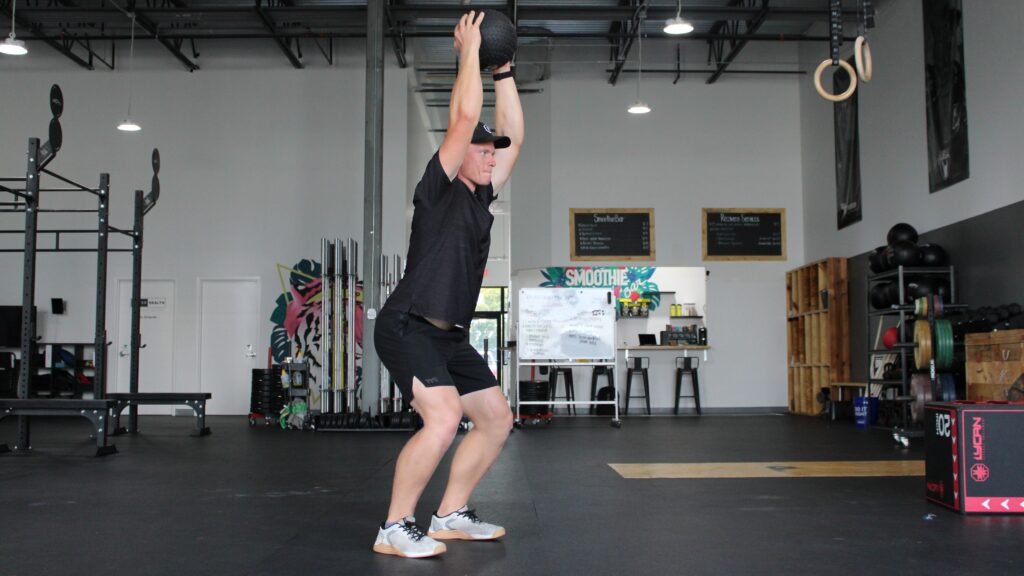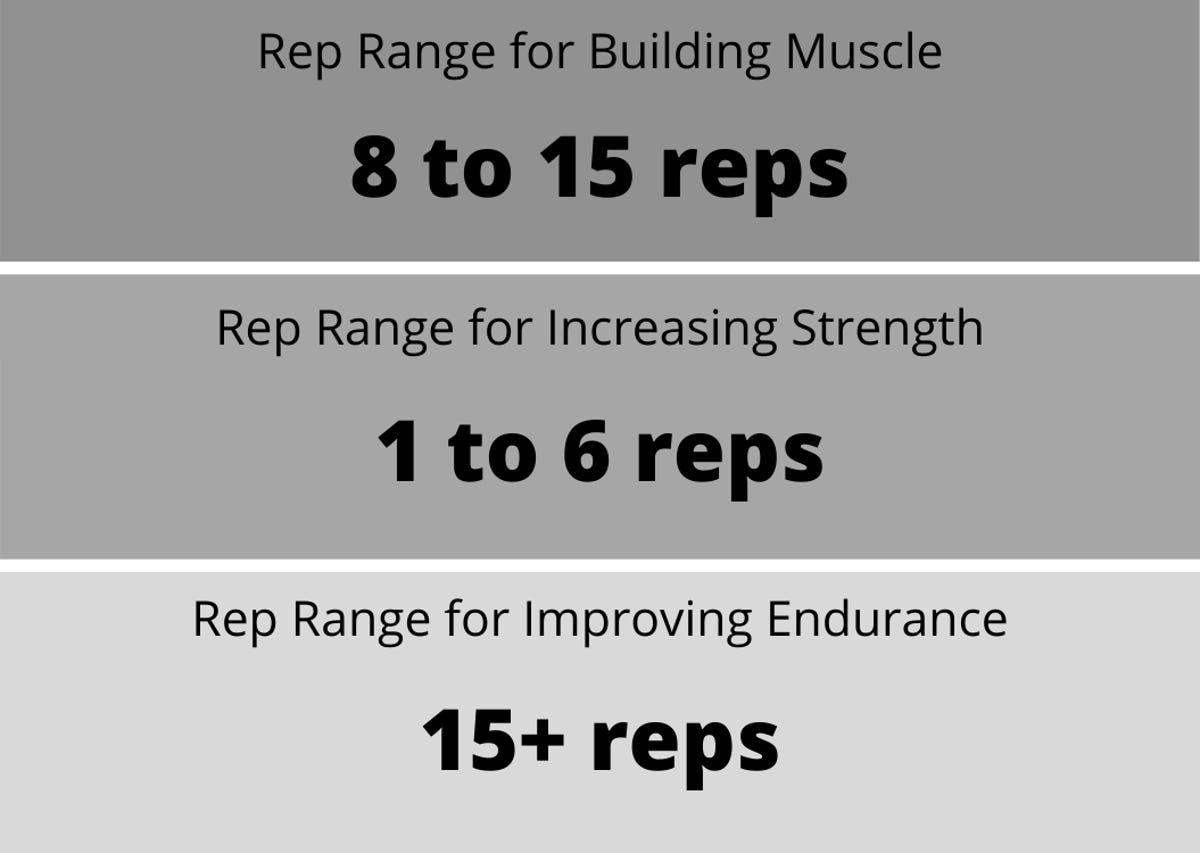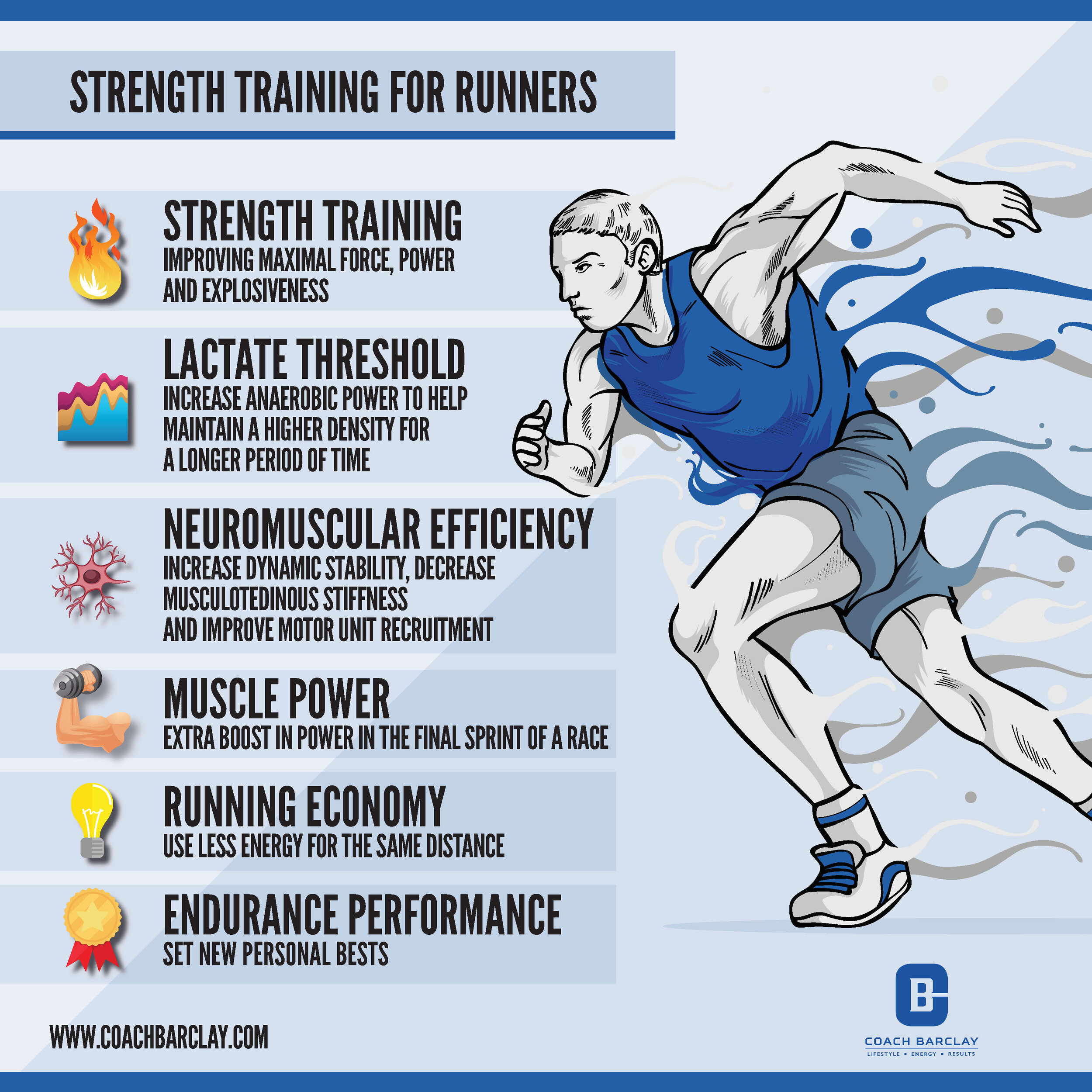Learn the muscular endurance definition and importance and discover practical exercises and routines to build your endurance effectively. The ability of the muscles to continuously apply force over a prolonged length of time is referred to as muscular endurance. It is crucial for activities that require stamina, such as long-distance running or cycling.
In addition to strength, muscular endurance is an essential component of overall fitness. By improving this aspect, individuals can enhance their performance and prolong their ability to perform physical tasks without fatigue. Whether you are an athlete aiming to boost your endurance or simply seeking better fitness levels, understanding and developing muscular endurance can help you achieve your goals.
We will delve into the definition, benefits, and ways to improve muscular endurance. So, let’s explore how to enhance your stamina and optimize your physical performance.
The Importance Of Muscular Endurance
The capacity of a muscle or group of muscles to continuously apply force for a prolonged amount of time is known as muscular endurance. It plays a crucial role in daily activities, sports performance, and overall fitness. Muscular endurance allows us to engage in activities that require sustained effort, such as long-distance running, cycling, or even performing household chores without tiring easily.
Difference Between Muscular Strength And Muscular Endurance
Muscular strength and muscular endurance might sound similar, but they are distinctly different. While muscular strength refers to the amount of force a muscle can generate in a single contraction, muscular endurance focuses on the muscle’s ability to sustain repeated contractions without fatiguing. Think of it this way: muscular strength is like a sprinter’s explosive power, while muscular endurance is more akin to a marathon runner’s ability to keep going.
Benefits Of Muscular Endurance
Developing muscular endurance offers a range of benefits that can enhance overall fitness and improve everyday life. Some of the key advantages include:
- Increased Stamina: Muscular endurance training improves cardiovascular fitness, leading to better endurance in physical activities.
- Delayed Fatigue: With enhanced muscular endurance, you’ll find it easier to engage in activities for longer durations without feeling exhausted.
- Improved Posture and Stability: Muscles that have good endurance provide better support to the body, leading to improved posture and stability.
- Enhanced Metabolic Health: Regular muscular endurance training can help increase metabolism, burn more calories, and maintain healthy body weight.
- Reduced Injury Risk: Strong muscles that possess endurance are less prone to injuries during physical activities or unintentional strain from daily tasks.

Factors Affecting Muscular Endurance
Muscular endurance is the ability of a muscle or group of muscles to repeatedly exert force against resistance over an extended period of time. It plays a crucial role in various physical activities such as running, cycling, swimming, and weightlifting. Understanding the factors that affect muscular endurance is essential for anyone seeking to improve their physical fitness and performance in athletic pursuits.
Physical Fitness Level
The current physical fitness level of an individual directly impacts their muscular endurance. Those with higher levels of fitness typically have greater muscular endurance due to regular exercise and training. Conversely, individuals with lower fitness levels may experience quicker fatigue and reduced endurance capacity when performing physical activities.
Exercise Intensity And Duration
The intensity and duration of exercise play a significant role in affecting muscular endurance. High-intensity, prolonged workouts challenge the muscles to maintain performance over an extended period, leading to improvements in endurance. Conversely, low-intensity and short-duration activities may not provide sufficient stimulation for significant endurance gains.
Types Of Exercises For Improving Muscular Endurance
Muscular endurance plays a vital role in overall fitness. It refers to the ability of muscles to sustain repetitive contractions over an extended period. Improving muscular endurance not only enhances athletic performance but also promotes functional strength for everyday activities. To maximize your potential, incorporating various types of exercises into your training routine is essential. In this article, we will explore two effective categories of exercises for improving muscular endurance:
Cardiovascular Exercises
Cardiovascular exercises, also known as aerobic exercises, are excellent for improving muscular endurance. These exercises typically increase your heart rate and breathing rate, enhancing both cardiovascular health and endurance. Some popular cardiovascular exercises include:
- Running or jogging
- Cycling
- Swimming
- Elliptical training
- Rowing
Performing these exercises for extended durations, such as 30 minutes or more, challenges your muscles to sustain contractions repeatedly. This constant engagement trains your muscles to endure, leading to enhanced muscular endurance.
Strength Training With High Repetitions
Strength training exercises with high repetitions are another effective way to improve muscular endurance. By focusing on light to moderate weights and performing a high number of repetitions, you can build endurance in your muscles. Some examples of effective strength training exercises for muscular endurance include:
- Bodyweight squats
- Push-ups
- Lunges
- Bicep curls with light dumbbells
- Tricep dips
These exercises target major muscle groups and can be tailored to your fitness level. By gradually increasing the number of repetitions, you challenge your muscles to adapt and improve their endurance capabilities.
Remember, consistency is key when incorporating these exercises into your routine. Aim to perform cardiovascular exercises at least three times per week, while strength training exercises can be done two to three times per week. To see improvements in muscular endurance, gradually increase the intensity and duration of your workouts as your fitness level progresses.
:max_bytes(150000):strip_icc()/Muscular-Endurance-v-Muscular-Strength-GettyImages-1320506574-355e64cd0db14f14944b440652eb50a0.jpg)
Credit: www.shape.com
Nutrition For Building Muscular Endurance
When it comes to improving muscular endurance, nutrition plays a crucial role. The right balance of nutrients can fuel your muscles, enhance performance, and aid in recovery. In this section, we’ll explore the key components of nutrition for building muscular endurance.
Importance Of Protein Intake
Muscles rely on protein for growth and repair. Adequate protein intake is essential for building and maintaining muscular endurance. Include lean sources of protein such as chicken, fish, eggs, and plant-based options like quinoa and lentils in your diet.
Hydration And Electrolyte Balance
Optimal hydration and electrolyte balance are vital for sustaining muscular endurance. Drink plenty of water throughout the day and consider consuming electrolyte-rich foods such as bananas, spinach, and coconut water to replenish electrolytes lost through sweat.
Training Strategies To Enhance Muscular Endurance
Building muscular endurance is essential for anyone looking to improve their athletic performance or overall fitness level. By increasing your body’s ability to maintain contractions over an extended period, you can push through workouts, sporting events, and daily activities with greater ease. To help you achieve this goal, here are three effective training strategies you can implement:
Progressive Overload
To continually challenge and strengthen your muscles, it is crucial to incorporate the principle of progressive overload into your training routine. Progressive overload refers to progressively raising your muscles’ demands over time. By consistently adding resistance, repetitions, or intensity to your workouts, you force your muscles to adapt and become more resistant to fatigue.
There are several ways to apply progressive overload, such as increasing the weight you lift, performing more reps or sets, shortening the rest periods between sets, or slowing down the tempo of your exercises. By progressively increasing the workload, you will continually challenge your muscles, promoting greater muscular endurance.
Circuit Training And Supersets
Circuit training and supersets are two effective training methods that can significantly improve muscular endurance. They both involve performing a series of exercises in a consecutive manner, with little to no rest between each exercise.
In circuit training, you move quickly from one exercise to the next, targeting different muscle groups to provide a full-body workout. This method helps improve endurance by keeping your heart rate elevated and promoting efficient energy usage.
Supersets, on the other hand, involve performing two exercises back-to-back that target the same muscle group. For example, you could pair bicep curls with triceps extensions. This technique stimulates more muscle fibers and increases the metabolic demand on your muscles, promoting endurance and strength.
Both circuit training and supersets offer the advantage of maximizing your training time while challenging your muscles in different ways, making them excellent strategies to enhance muscular endurance.
Table Comparing Progressive Overload, Circuit Training, And Supersets
| Training Strategy | Description | Benefits |
|---|---|---|
| Progressive Overload | Gradually increasing demands on muscles over time | Stimulates muscle adaptation and improves endurance |
| Circuit Training | Moving quickly through a series of exercises with minimal rest | Keeps heart rate elevated, promotes efficient energy usage |
| Supersets | Performing two exercises targeting the same muscle group back-to-back | Stimulates more muscle fibers, increases metabolic demand |
Implementing these training strategies into your fitness routine will help you develop impressive muscular endurance. Remember to gradually increase the demands on your muscles, incorporate circuit training or supersets for a challenging workout, and stay consistent with your training efforts. With time and dedication, you will see significant improvements in your muscular endurance.
Measuring And Monitoring Muscular Endurance
A muscle’s capacity to withstand repeated contractions over an extended period of time is known as muscular endurance. Measuring and monitoring this involves evaluating how long muscles can perform a particular task without fatigue, providing insights into overall muscle health and fitness levels. Monitoring muscular endurance enables individuals to track progress and adjust training routines accordingly.
Muscular endurance is vital for overall fitness. It describes a muscle’s or a set of muscles’ capacity to maintain prolonged, repeated contractions.
Fitness Tests For Muscular Endurance
Fitness tests can determine one’s muscular endurance levels accurately. Examples include push-up tests, plank holds, and wall sit tests. Tracking progress helps individuals set goals and see improvements.
Tracking Progress Over Time
Monitoring muscular endurance regularly is essential. Keep a log of workouts, the number of reps performed, and the duration of exercises. Comparing data over time shows improvements and areas needing focus.
Muscular endurance is a key aspect of fitness and can be improved through consistent training and tracking progress.
Injury Prevention And Recovery
Muscular endurance is crucial for injury prevention and recovery in fitness training. It defines the ability of muscles to sustain activity over a prolonged period, reducing the risk of strains and enhancing overall performance. Incorporating targeted exercises can enhance muscular endurance, supporting injury prevention and faster recovery times.
Proper Warm-up And Cool-down
One of the most important aspects of muscular endurance is proper warm-up and cool-down. Warming up before a workout and cooling down afterward can significantly contribute to injury prevention and faster recovery. A warm-up routine prepares your muscles and joints for the upcoming exertion, increasing blood flow and raising your body’s temperature. This, in turn, enhances muscle flexibility and reduces the risk of strains, sprains, and other injuries.
To warm up effectively, focus on dynamic stretches, such as leg swings, arm circles, and hip rotations. These movements promote joint mobility, activate the targeted muscle groups, and mentally prepare you for the workout ahead. Gradually increase the intensity of your warm-up exercises to gradually elevate your heart rate.
Cooling down, on the other hand, helps your body transition from intense exercise back to a resting state. It permits a gradual return of your respiration and heart rate to normal. Cooling down effectively promotes blood circulation, reducing muscle soreness and stiffness. Incorporate static stretches into your cool-down routine, holding each stretch for 20 to 30 seconds. This helps elongate the muscles, preventing them from tightening up post-workout.
Importance Of Rest And Recovery
In the pursuit of improving muscular endurance, it’s crucial not to overlook the importance of rest and recovery. Many people mistakenly prioritize continuous training, leading to overuse injuries and hindered progress. Rest and recovery play a vital role in rebuilding and strengthening muscle fibers, minimizing the risk of fatigue and exhaustion.
Rest days give your body the opportunity to repair damaged muscle tissues, replenish energy stores, and improve overall performance. Without adequate rest, your muscles may become more prone to tears and strains. Additionally, rest is essential for regulating hormone levels and reducing the risk of overtraining syndrome.
Implementing recovery strategies, such as massage, foam rolling, and stretching, can expedite the healing process. These practices help break up scar tissue, improve blood flow, and reduce inflammation. Prioritizing sleep is equally essential, as this is when your body produces growth hormone, aids in muscle repair, and boosts your immune system.
| Rest and Recovery Tips |
|---|
| 1. Ensure you get 7-9 hours of quality sleep each night. |
| 2. Don’t skip rest days and allow your muscles to recover fully. |
| 3. Incorporate gentle stretching and foam rolling into your routine. |
| 4. Consider regular massage or other forms of bodywork. |
| 5. Eat a well-balanced diet to fuel recovery and provide necessary nutrients. |
| 6. Stay hydrated and replenish electrolytes after intense workouts. |
| 7. Take proactive measures to manage stress levels. |

Credit: www.cnet.com
Achieving Long-term Muscular Endurance Goals
Achieving long-term muscular endurance goals requires determination, consistency, and a strategic approach to training. To improve your muscular endurance, it’s important to set realistic goals, incorporate variety in your workouts, and stay committed to your training regimen.
Setting Realistic Goals
Setting realistic goals is crucial for long-term success in building muscular endurance. Establish clear and achievable targets that align with your current fitness level and gradually increase the intensity as your endurance improves. By setting specific and measurable goals, you can track your progress effectively and stay motivated throughout your training journey.
Incorporating Variety In Workouts
Introducing variety in your workouts is essential for preventing monotony and ensuring overall muscle development. Incorporate a mix of high-repetition, low-weight exercises along with low-repetition, high-weight exercises to challenge your muscles in different ways. Additionally, integrating cross-training activities such as cycling, swimming, or yoga can further enhance your muscular endurance and prevent plateaus.

Frequently Asked Questions Of Muscular Endurance Definition
What Is The Definition Of Muscular Endurance?
The capacity of muscles to sustain repeated contractions for a prolonged amount of time without experiencing tiredness is known as muscular endurance.
Why Is Muscular Endurance Examples?
Examples of muscular endurance include high rep bodyweight exercises like push-ups, sit-ups, and planks. It helps improve stamina and muscle efficiency.
Which Definition Best Describes Muscle Endurance?
Muscle endurance is the ability to sustain muscle activity over time. It measures how long muscles can perform a repeated task or hold a static contraction. This is important for activities like running, cycling, or weightlifting.
What Is Muscular Endurance For Dummies?
Muscular endurance refers to the ability of your muscles to perform repeated contractions over a period of time. It allows you to sustain physical activities, such as running or weightlifting, for longer periods without getting tired. Building muscular endurance can improve athletic performance and overall fitness.
Conclusion
Muscular endurance plays a crucial role in our overall fitness. By enhancing the ability of muscles to work continuously over extended periods, it enables us to perform activities without fatigue. Incorporating specific exercises into our training routines can help improve muscular endurance.
Remember to gradually increase intensity and duration to avoid overexertion. Building muscular endurance not only boosts physical performance but also promotes a healthier and more active lifestyle. So, start incorporating exercises that target muscular endurance into your workouts and enjoy the benefits it brings to your fitness journey.

I am a health writer and blogger based in the US and UK. I have been with the health department for six years. And I give advice on various health problems and solutions. I have a lot of experience in health matters and I share it here.

